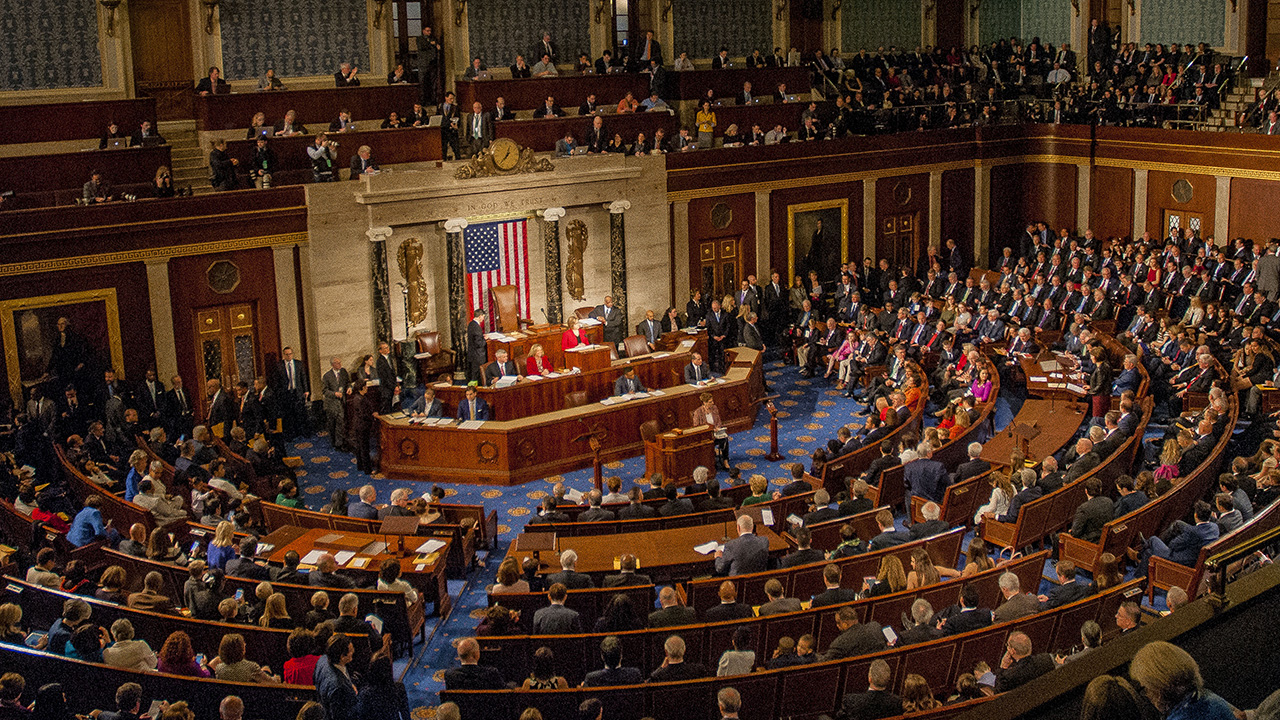When did college start costing money? It's a question that many people have asked, especially as the cost of higher education continues to rise. In this article, we will explore the history, myths, hidden secrets, recommendations, and tips related to when college started to require payment.
For many individuals, the rising cost of college tuition and fees can be a significant financial burden. It can cause stress, anxiety, and even prevent some people from pursuing their dreams of obtaining a higher education. Understanding when college started to require payment is important in order to navigate the system and make informed decisions about financing education.
The concept of paying for college is not a new one. In fact, it dates back to ancient times when scholars would charge fees for their teachings. However, the modern system of higher education as we know it today began to take shape in the late 19th century. Prior to this time, colleges and universities were often funded by religious organizations or wealthy benefactors, and students were able to attend without paying tuition.
History and Myth of When College Started Costing Money
One common myth is that college education was once completely free. While it is true that there were times when students did not have to pay tuition, there were often other costs associated with attending college, such as room and board. Additionally, even when tuition was not required, students were often required to perform labor or provide some form of service to the institution in exchange for their education.
Another myth is that college education became expensive overnight. The reality is that the cost of college has been steadily increasing over the past several decades. Factors such as inflation, increased demand for higher education, and decreased funding from state and federal governments have all contributed to the rising costs. Today, the average cost of tuition and fees at a four-year public college is more than three times what it was 30 years ago.
Hidden Secrets of When College Started Costing Money
One hidden secret of when college started to require payment is the impact of government policies and funding. In the United States, the GI Bill, implemented after World War II, provided financial assistance to veterans and significantly increased college enrollment. However, this influx of students led to increased demand for education, which in turn drove up costs. Additionally, changes in financial aid policies and the availability of loans have also contributed to the rising cost of college.
Another hidden secret is the role of colleges and universities in the cost of education. Some argue that institutions have been spending more money on amenities and administrative costs, rather than investing in faculty and educational resources. This has led to an increase in tuition and fees, as colleges try to cover these expenses.
Recommendations for when College Started Costing Money
Given the current state of college affordability, it is important for students and their families to be proactive in finding ways to manage the cost of education. Some recommendations include exploring scholarship opportunities, considering community college or trade schools as more affordable alternatives, and carefully evaluating the return on investment of a college degree in relation to future career prospects.
Additionally, it is important for policymakers and institutions to address the issue of college affordability. This can be done through increased funding for public institutions, implementation of policies that promote transparency and accountability in college costs, and exploring alternative models of education that may be more affordable and accessible to a wider range of students.
Conclusion of When College Started Costing Money
In conclusion, the concept of paying for college is not a new one, but the modern system of higher education that requires payment began to take shape in the late 19th century. The cost of college has been steadily increasing over the past several decades, and there are many factors that contribute to this rise. It is important for individuals to be proactive in managing the cost of education and for policymakers and institutions to address the issue of college affordability.

No comments:
Post a Comment